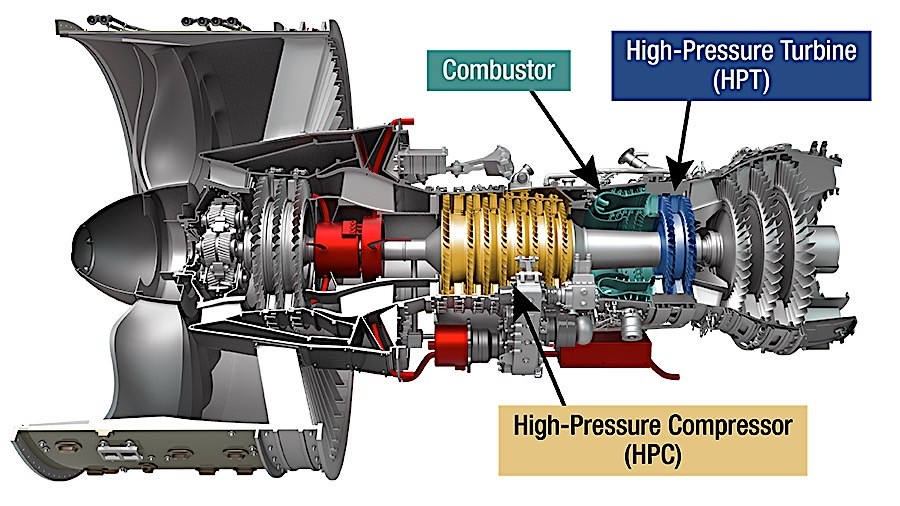NASA’s groundbreaking Hybrid Thermally Efficient Core (HyTEC) stands as a testament to the agency’s relentless pursuit of excellence. Throughout the past century, aviation technology has undergone remarkable transformations, with recent years witnessing a significant shift towards prioritizing fuel efficiency and environmental impact.
NASA’s approach with HyTEC diverges from traditional paradigms, aiming to achieve the formidable task of reducing engine core size while preserving thrust output an ambitious objective that promises to redefine the boundaries of aircraft propulsion. Central to NASA’s strategy is the enhancement of the bypass ratio, a critical parameter dictating the balance between air allocated for combustion within the core and that utilized for generating thrust.
NASA sets its sights on elevating HyTEC to unprecedented heights with a targeted ratio of 15, marking a revolutionary leap forward in aviation technology. Achieving such a high bypass ratio requires innovative solutions, and NASA’s approach is unconventional. Rather than enlarging the engine, they’re downsizing the core.

This poses challenges, especially regarding materials that can withstand higher pressures and temperatures. NASA began the HyTEC program in 2021, focusing on material research, notably ceramic matrix composites.
Phase 1 of the HyTEC program, aimed at selecting engine components, concluded in 2023, leading to Phase 2, which commenced recently. Now, engineers will focus on the design and construction of engines, culminating in the first ground test, conducted in collaboration with GE Aerospace. This test is crucial, demonstrating the engine’s viability for real-world applications.
NASA envisions HyTEC as a game-changer, potentially reducing fuel consumption by ten percent compared to current engines. Moreover, its compatibility with sustainable aviation fuels and hybridization promises significant environmental benefits. Under the Sustainable Flight National Partnership, NASA targets completion by 2030, aiming for HyTEC to become the first hybrid-electric powertrain for airliners.

